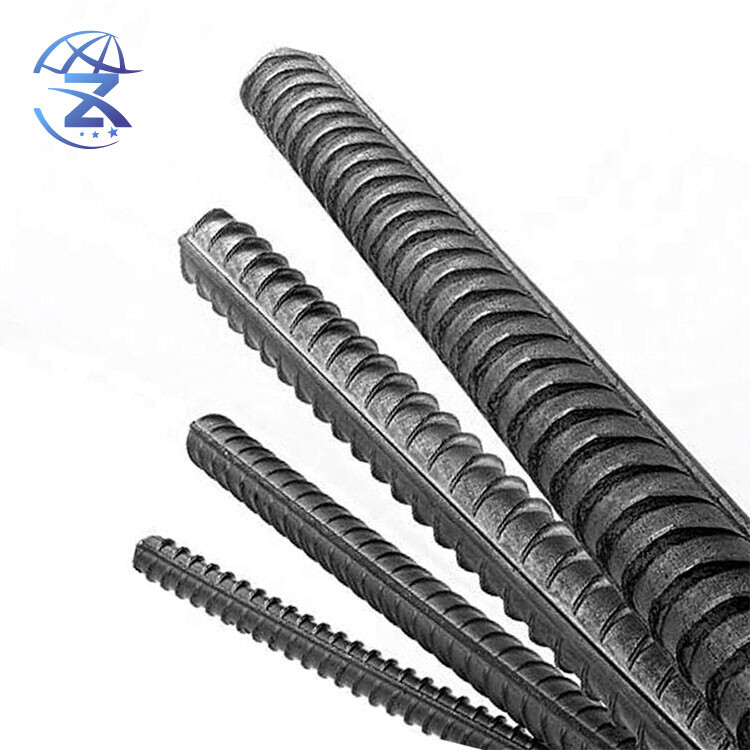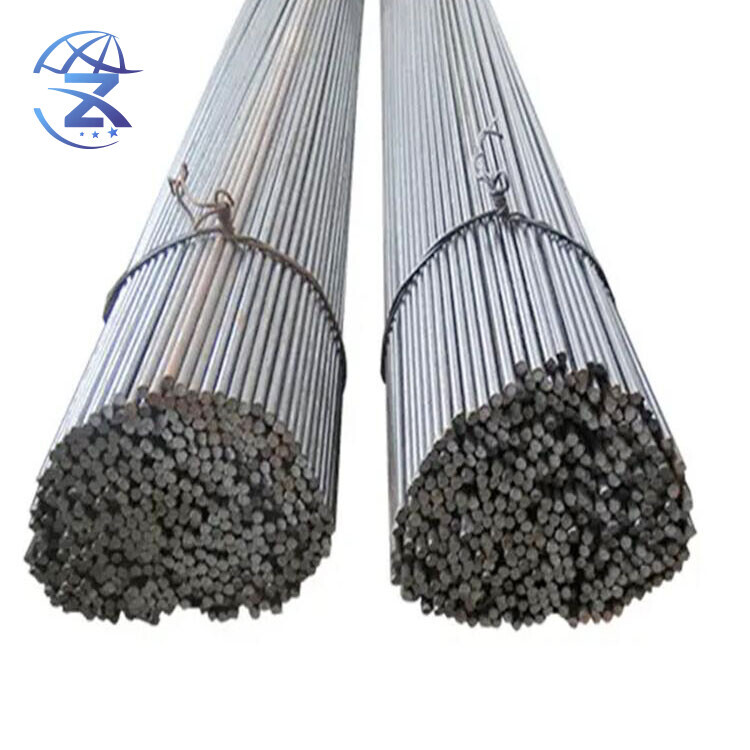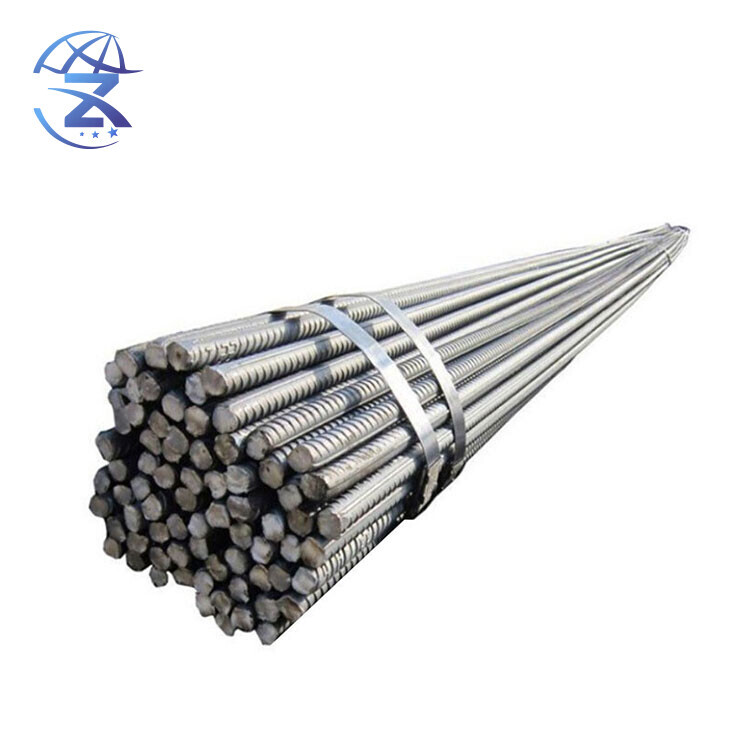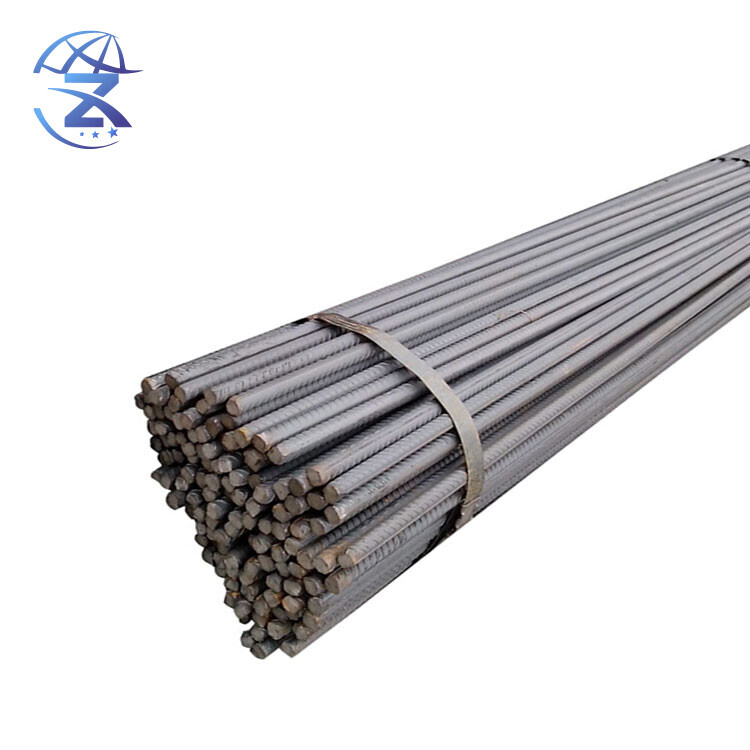Key Attributes
Product Details

Rebar is not typically visible in concrete structures because it is usually buried within the concrete structure. It is almost always made of steel because steel has thermal expansion properties like concrete which reduces temperature change issues. Rebar is usually not smooth, it is made with ribs to prevent slippage within the concrete structure.
Product Keywords
The company is a professional manufacturer engaged in the research, development, production, sale and service., is committed to providing one-stop steel procurement services for global client.

Product Introduction
How is rebar made?
Rebar is almost always made from steel, which has excellent tensile properties relative to concrete. Interestingly, it is commonly made from recycled steel such as old cars, appliances, and machinery that are melted down with electric arc furnaces, cooled in the form of billets, and then stored. Once the billets are ready to be used for making rebar, they are reheated to an elevated temperature (but below their melting temperature) and are fed rapidly through a series of extrusion tools. The different stages of extrusion tooling continue to neck down the steel billet into smaller and smaller diameter rods until the desired rebar diameter is achieved. A set of tooling creates the deformations needed to prevent slippage within the concrete. The rebar is then sheared to the desired length.
How does rebar work?
The tensile strength of the steel rebar complements the compressive strength of concrete to create structures that have a blend of both types of strength. This reduces the risk of fractures and allows the structure to better withstand movements and forces that might otherwise cause a concrete structure to fail.
Rebar is often laid in a grid pattern. This means that different segments of rebar are placed parallel and perpendicular to one another so that it can withstand tensile forces from many directions. The deformations on the exterior of the rebar ensure that the rebar does not slip out of the concrete structure. Sometimes rebar is bent at the ends to further anchor it in place within a concrete structure.
Applications
Rebar is used in most concrete structures. Common examples include:
High-rise buildings
Parking ramps
Concrete piers
Bridges
Foundations
Thick roads and driveways

Quality Control
We have our own Physical & Chemical Testing Center Lab to guarantee our product quality. Our test items & instrument fully meet international standards.
Our Services
As a leading company, we are known for our excellent product quality and professional services, providing our customers with a reliable partner. We have a global sales network that can meet the needs of customers in different countries and regions.

Factory Video
Inquiry
To learn more about this product, you can submit your requirements here
Related Products
Leave A Message
If you are interested in our products and want to know more details, please leave a message here, we will reply you as soon as we can.













